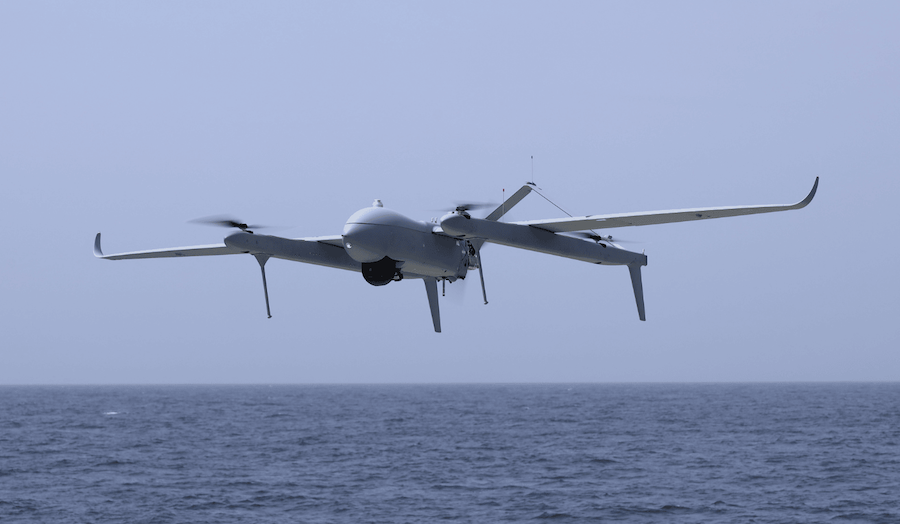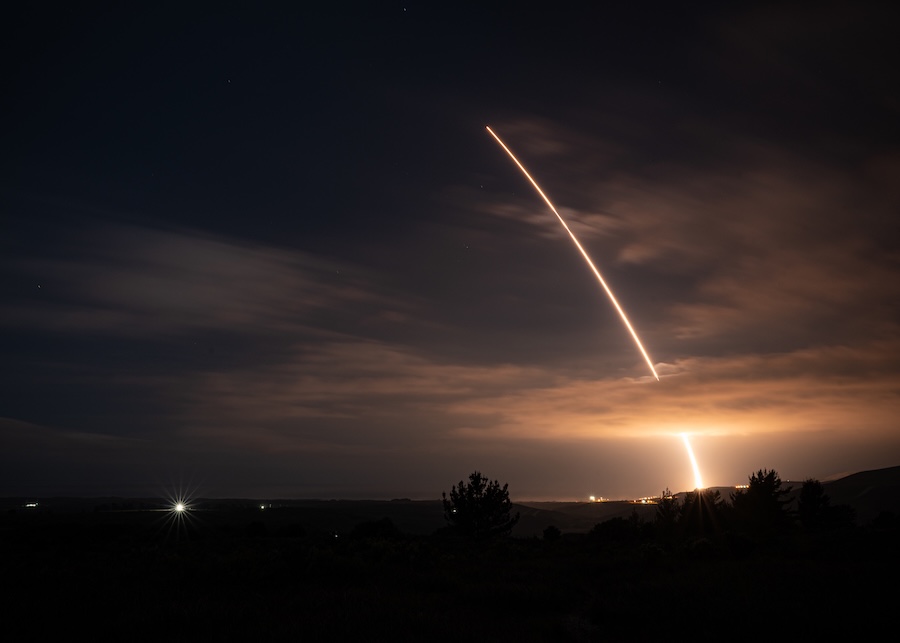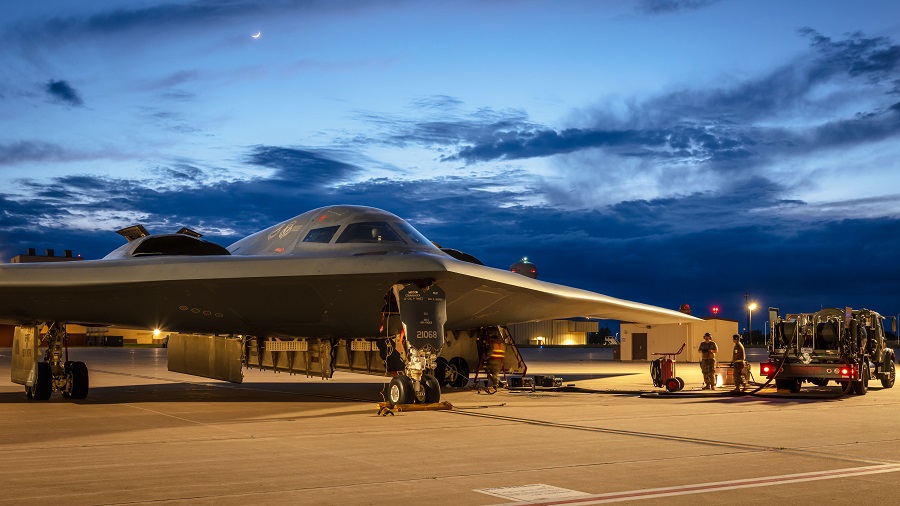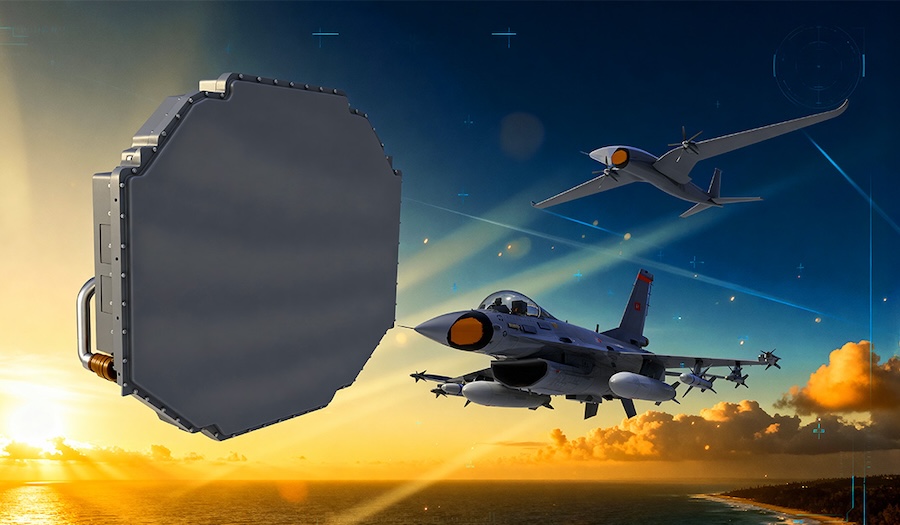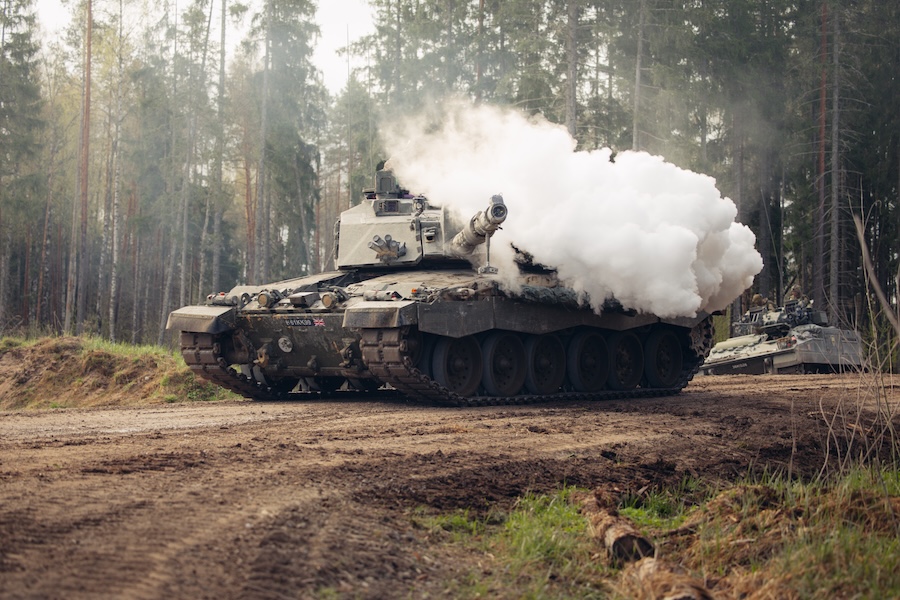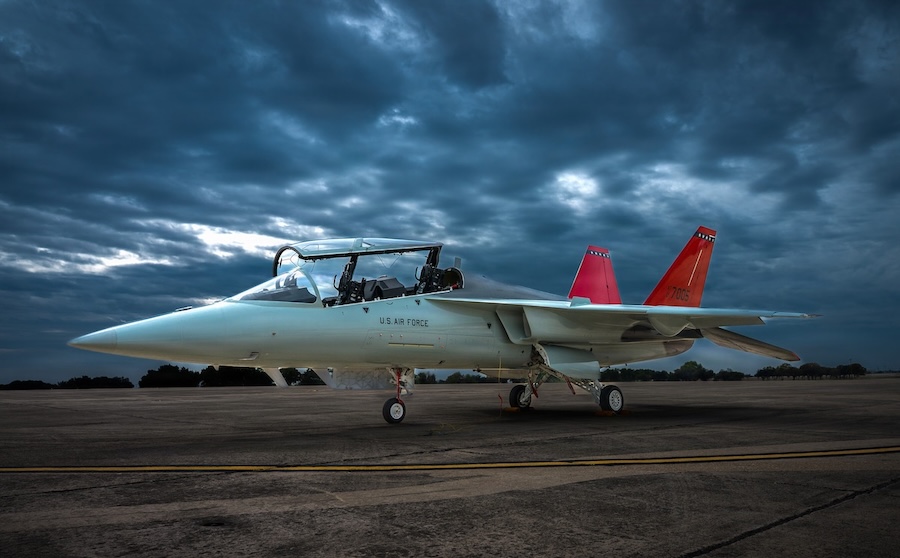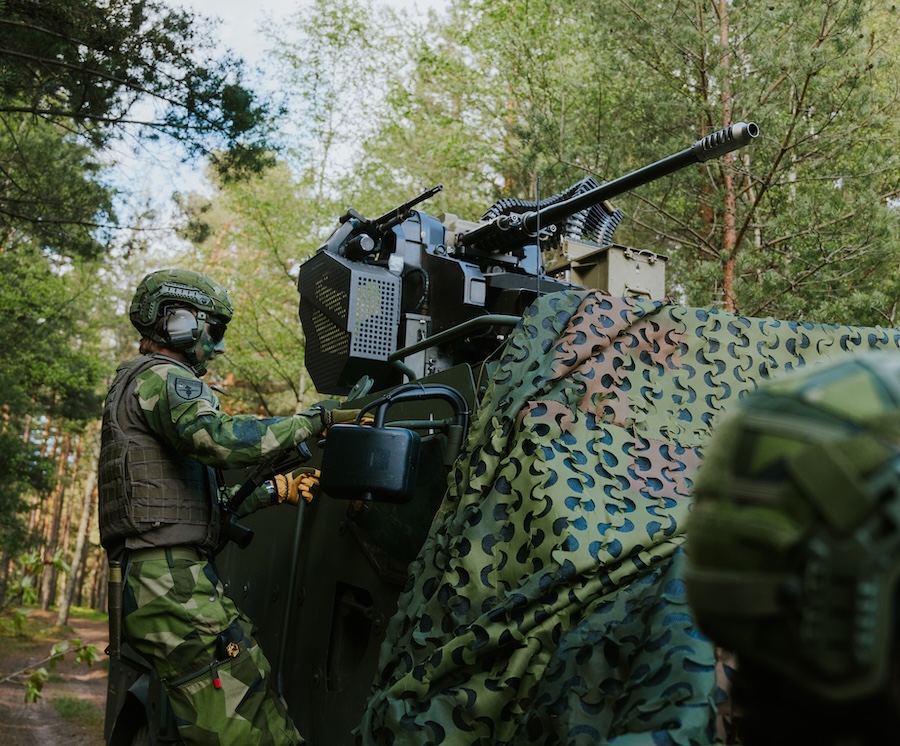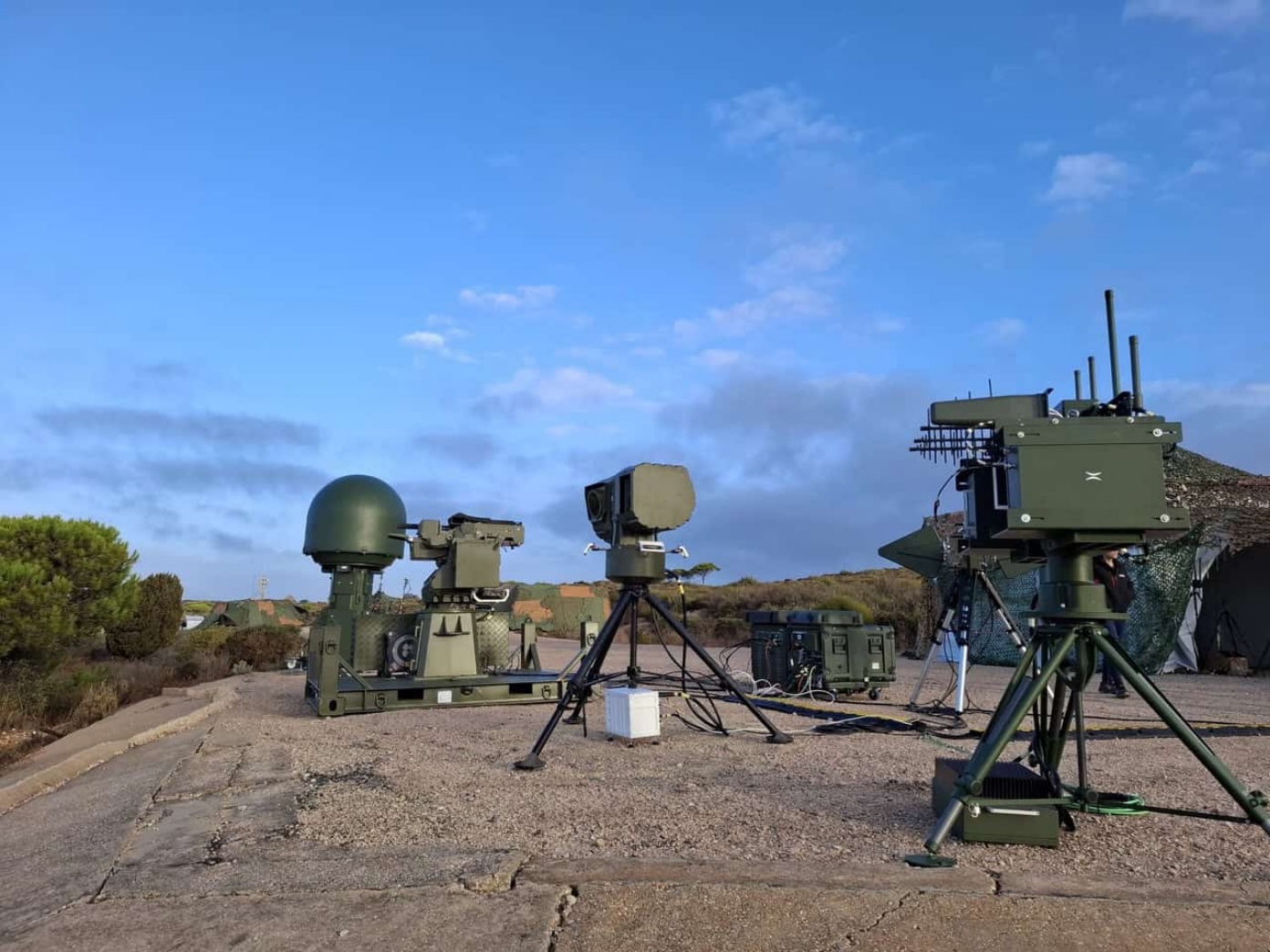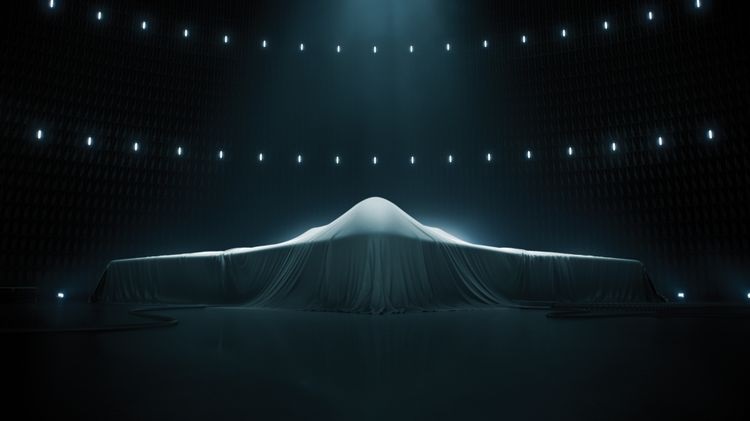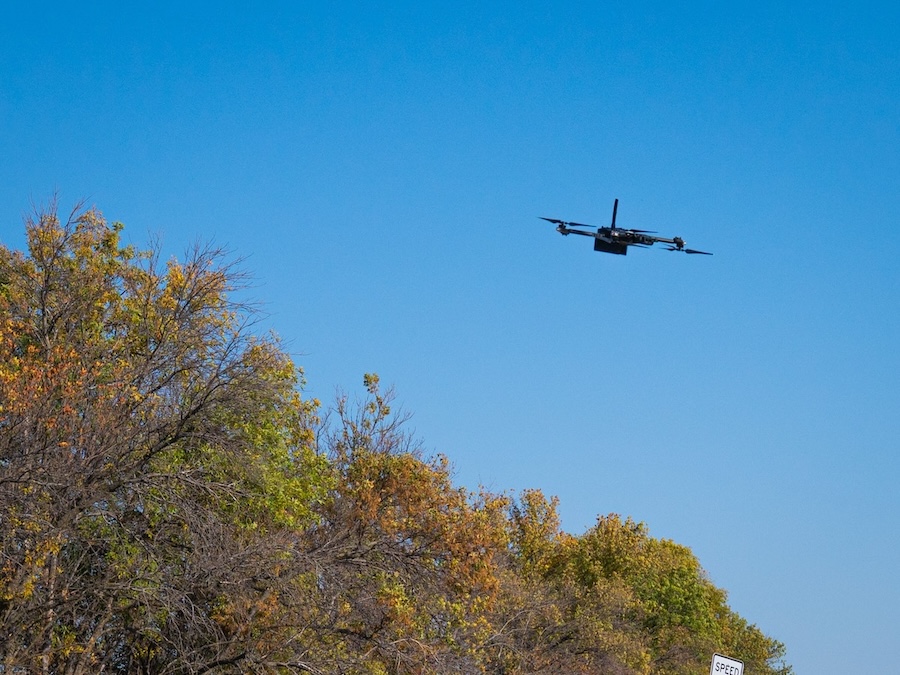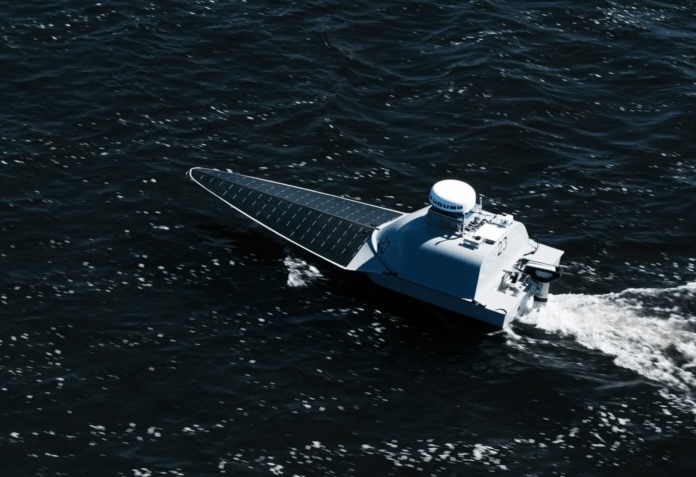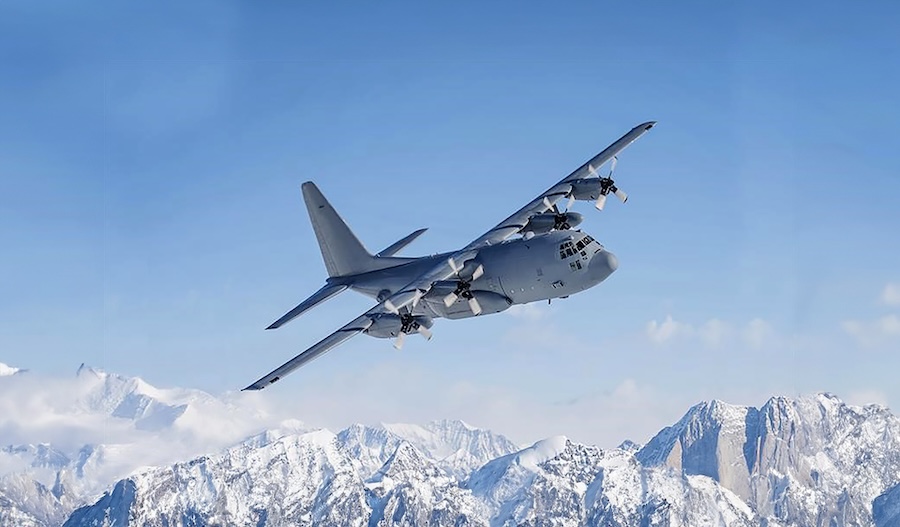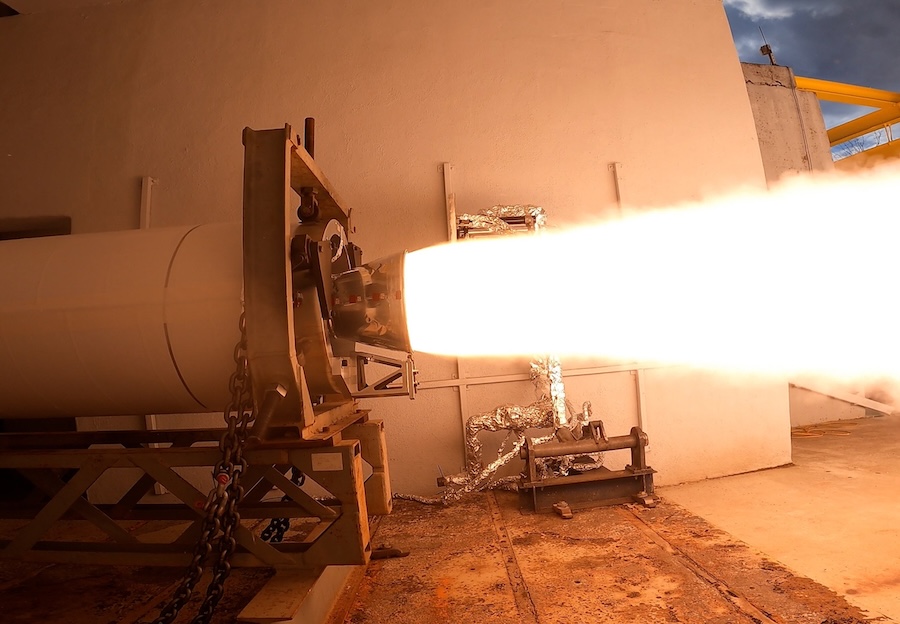The Kinzhal was first unveiled in March 2018, though it officially entered service in December 2017. It is classified as a strategic missile due to its capacity to carry a nuclear warhead and is derived from the Iskander-M ballistic missile.
Initially launched from both Tu-22M3 bombers and MiG-31K fighters, the missile is now solely carried by MiG-31K aircraft since August 2022. There are also efforts underway to adapt the Su-57 fighter as a potential future carrier.
Russia began actively using the Kinzhal in its full-scale invasion of Ukraine in March 2022, claiming an early strike on Deliatyn in Ivano-Frankivsk region—an attack not confirmed by Ukrainian sources. The missiles used in these operations are typically fitted with BetAB-type warheads, designed to penetrate reinforced targets.
While Russian officials promoted the Kinzhal as a “miracle weapon” capable of speeds between Mach 10 and Mach 13, this claim has been disputed. The missile is technically aero-ballistic and does not meet the full definition of a hypersonic weapon, as it cannot sustain such speeds within the atmosphere.
True hypersonic weapons are characterised by speeds of 5,000 to 25,000 km/h while remaining in atmospheric flight. Though the Kinzhal can reportedly reach about 10,000 km/h, it lacks the consistent velocity and manoeuvrability of genuine hypersonic systems.
According to Russian claims, the missile weighs 4,300 kg, measures 7.2 metres in length, and has a range of up to 2,000 km when launched from an aircraft. It is powered by a solid-fuel engine and is said to achieve Mach 10 to Mach 13.
Ukrainian Defence Intelligence reports that Russia produces 10 to 15 Kh-47M2 Kinzhal units per month. This production level is made possible by sanction evasion and the use of so-called “grey imports.”
The Ukrainian side estimates the current Russian stockpile of Kinzhal missiles to be between 100 and 150 units. The recent increase in Kinzhal strikes may be tied to this stockpile level.
Due to its high speed, the missile reaches Ukrainian cities in a matter of minutes. For example, flight times range from 1.7 minutes to Kharkiv to 6.3 minutes to Uzhhorod, depending on the launch point.
Typically, MiG-31K jets take off from the Savasleyka airfield in Russia’s Nizhny Novgorod region and launch the missiles over Lipetsk. This allows the Kinzhal to reach targets such as Kyiv in approximately 3.2 minutes and Lviv in about 5.4 minutes.
Russia previously claimed that the missile was impossible to intercept, citing its speed and manoeuvrability. However, this has proven to be false, as Western-supplied defence systems have demonstrated the ability to counter it.
Ukraine was unable to intercept Kinzhal missiles in 2022 and early 2023 due to a lack of advanced air defence capabilities. The Soviet-era S-300 systems were not effective against such threats.
Following the arrival of US-made Patriot systems, equipped with PAC-2 and PAC-3 interceptors, Ukraine successfully downed its first Kinzhal on 4 May 2023. Since then, the number of intercepted missiles has continued to grow.
In June 2025, Ukrainian Air Force spokesperson Yurii Ihnat stated that “8 out of 17 Kinzhal missiles were shot down.” He added that “some of the remaining nine were lost due to targeting failures” and did not strike their intended locations.
Alongside the Patriot systems, Ukraine also operates Franco-Italian SAMP/T air defences equipped with Aster 30 Block 1 missiles. Although technically capable of intercepting Kinzhal missiles, there have been no confirmed cases of such interceptions to date.







